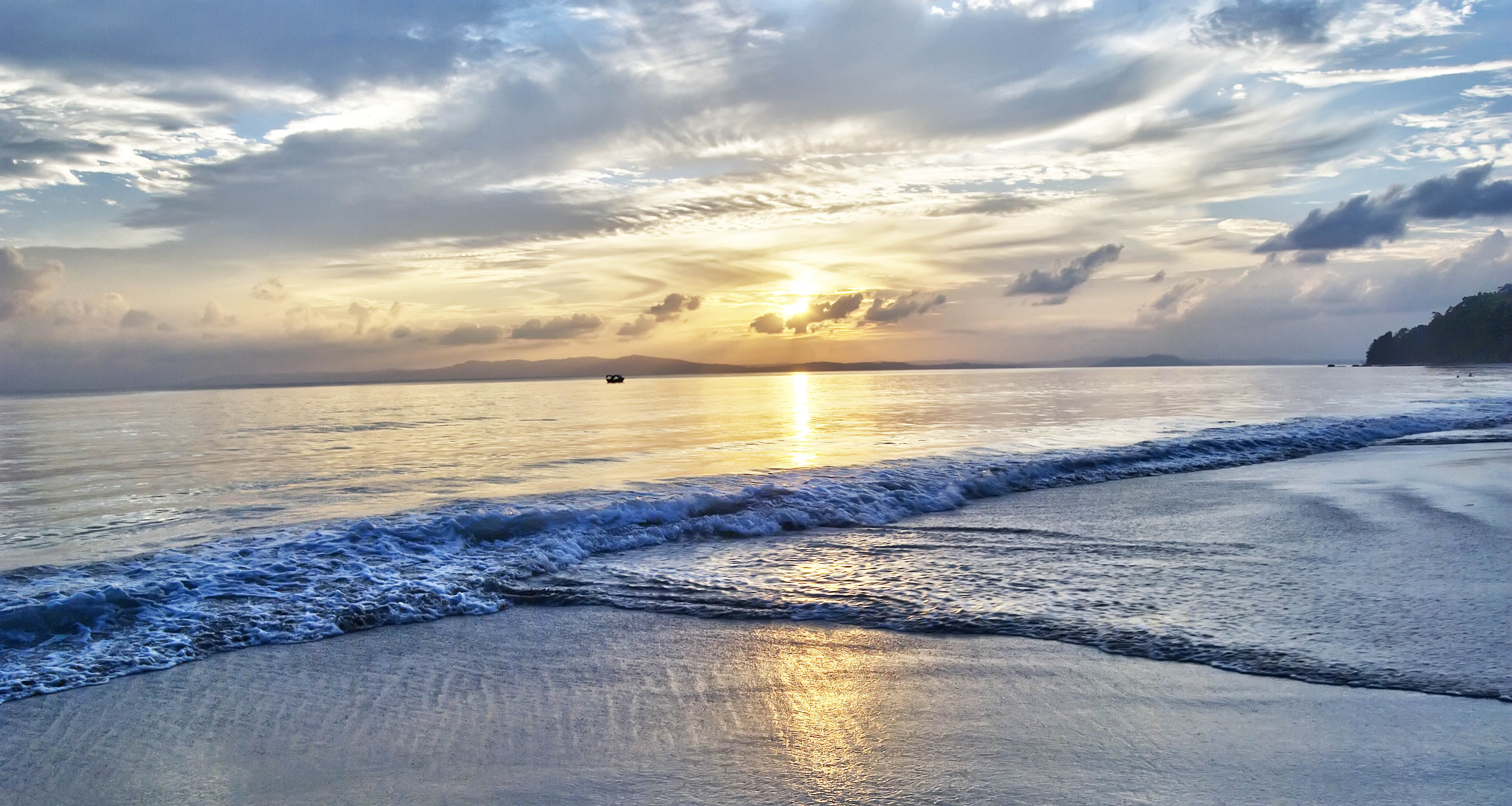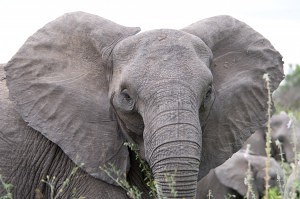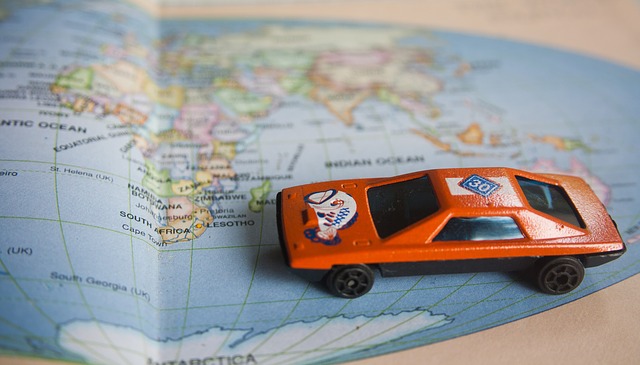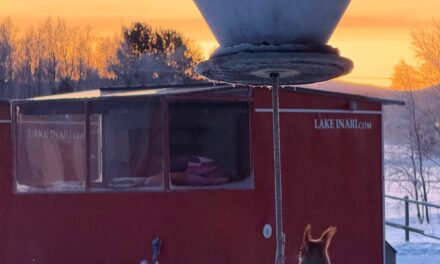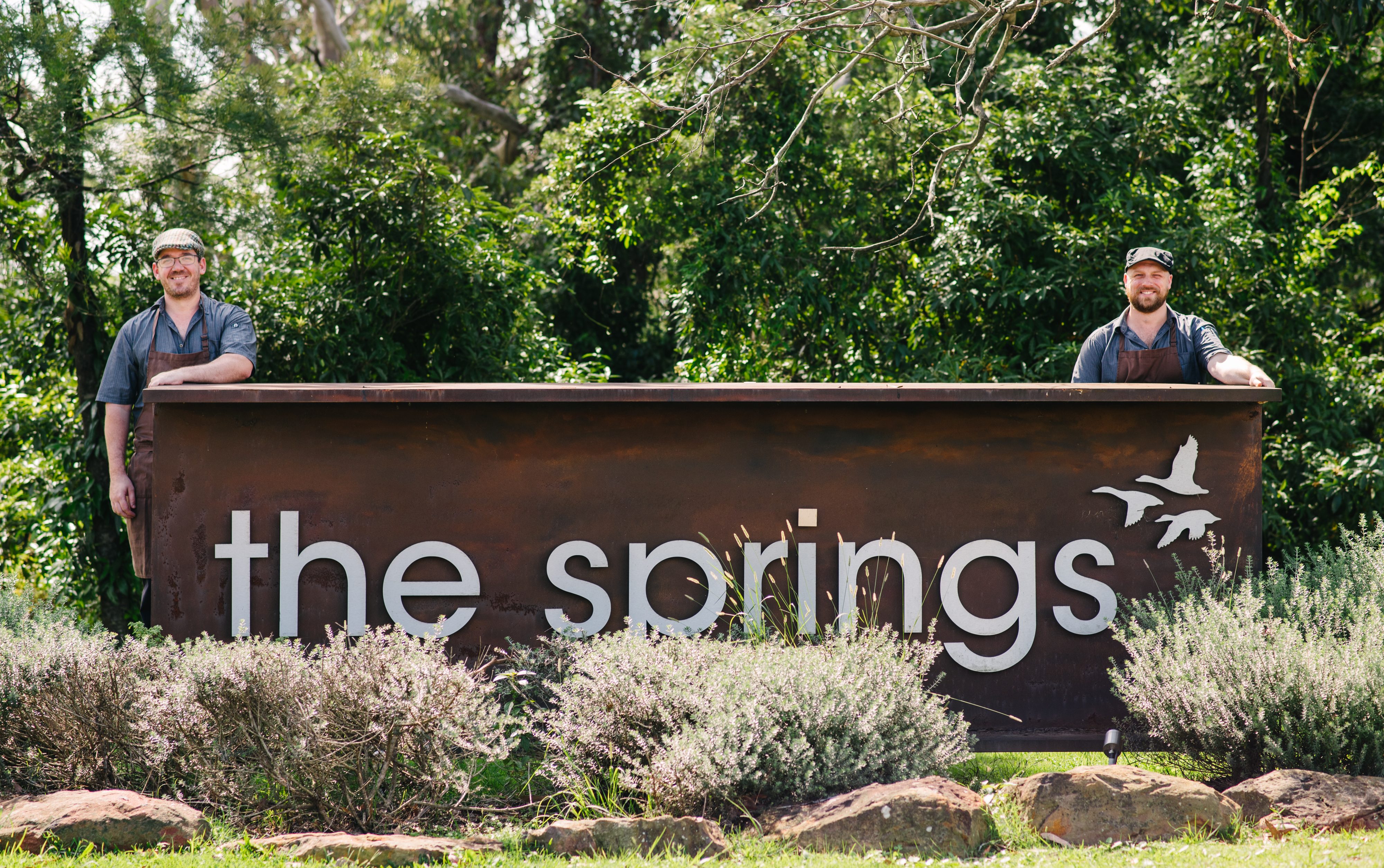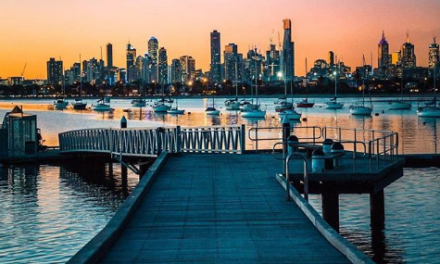Consider escaping the bustling madness of mainland India for the relatively undiscovered beauty of the Andaman and Nicobar Islands.
We braced ourselves and took a step. Tiptoeing from warm sand to ocean, our sun-kissed skin prickled in anticipation of the temperature. But there was no icy rush as we made contact with the water. Completely submerged, we quickly discovered it was luxuriously warm. Only soft waves disturbed the tranquility of ‘the best beach in Asia’.
We were at the renowned Radhanagar Beach, situated on the western side of Havelock Island. Havelock is part of India’s beautiful Andaman and Nicobar Islands, an archipelago of 572 islands located in the Bay of Bengal.
More than 1000 kilometres from the chaotic bustle of India’s mainland, Havelock is disarmingly relaxed. Its untamed vibe affects you more than your typical island getaway. Radhanagar beach is fringed by a dense forest of tall, hardy Mahua trees, and the island teems with native frogs, crabs, butterflies and birds.
We stayed at eco-friendly Barefoot Resort – one of few resorts on the sedate western side of the island – in a bungalow, hidden within a rainforest just a short stroll from the beach. Travellers rave about the snorkeling and world-class scuba diving, but we were yearning for a more leisurely pace. Instead, we had oily ayurvedic massages and rode rented bicycles through the rainforest.
In preparing for the island escape, we had read that Havelock was once home to rare ocean-swimming elephants that served as water taxis, and that there was only one left, Rajan. But, at more than 60 years old, Rajan had recently retired from swimming. Keen to see this gentle giant, we were told we might be able to give him an ocean bath and scrub at sunrise. Rajan had other ideas. After he showed us up, his keeper shrugged and said that since retiring from a three decade-long swimming career, Rajan probably had better things to do like spending the weekend rummaging in the forest. Although we never met him, Rajan’s charming independent streak seemed in keeping with the spirit of the island.
The eastern side of Havelock is livelier than its western coast, with a larger number of resorts. Its many restaurants offer sumptuous seafood, from spicy fish curries to fresh lobster and crab. We stumbled across Anju Coco restaurant, a crowd favourite, for its simple, honest fare, including perfectly grilled trevally and barracuda. We couldn’t stay away, and on our next visit we feasted on red snapper and yellowfin tuna.
The rugged eastern beaches are less breathtaking than picture-perfect Radhanagar, and littered with scraggly rocks. They are also littered with a growing number of European and Israeli backpackers, which have prompted the inevitable clutch of trinket shops and budget watering holes. But even during the busy Dussehra festival, one of the highlights of the sleepy island’s calendar, the festivities were decidedly laid back. On its main night, we followed a group of locals into the town square to take in local food stalls, the talent show and a bit of gambling (island-style).
At the end of our trip, we stopped for a day in Port Blair, the capital of the Andaman and Nicobar Islands. Its Cellular Jail highlighted a familiar narrative of the British colonial practice of sending prisoners to a remote far-flung island. In this case, they were political prisoners agitating for India’s independence, with many sentenced to solitary confinement and worse. It is a sobering experience, not to be missed, and sits in stark contrast to the lightness of Havelock.
Getting to the Andaman and Nicobar Islands involves a two-hour flight from Chennai or Kolkata to Port Blair. Havelock is another 90-minute ferry trip. But it’s worth it. There are few island escapes more authentic. With or without ocean-swimming retirees, the ‘best beach in Asia’ is enough to rekindle the beast within.

